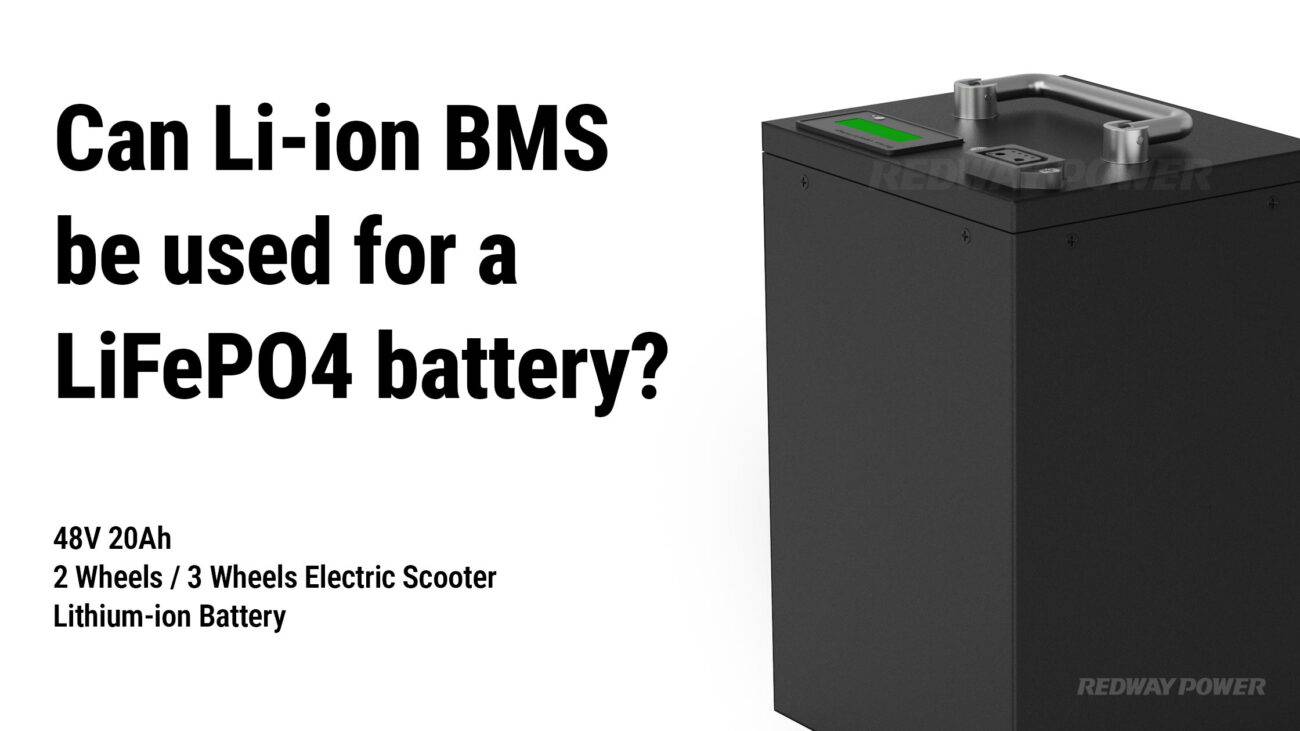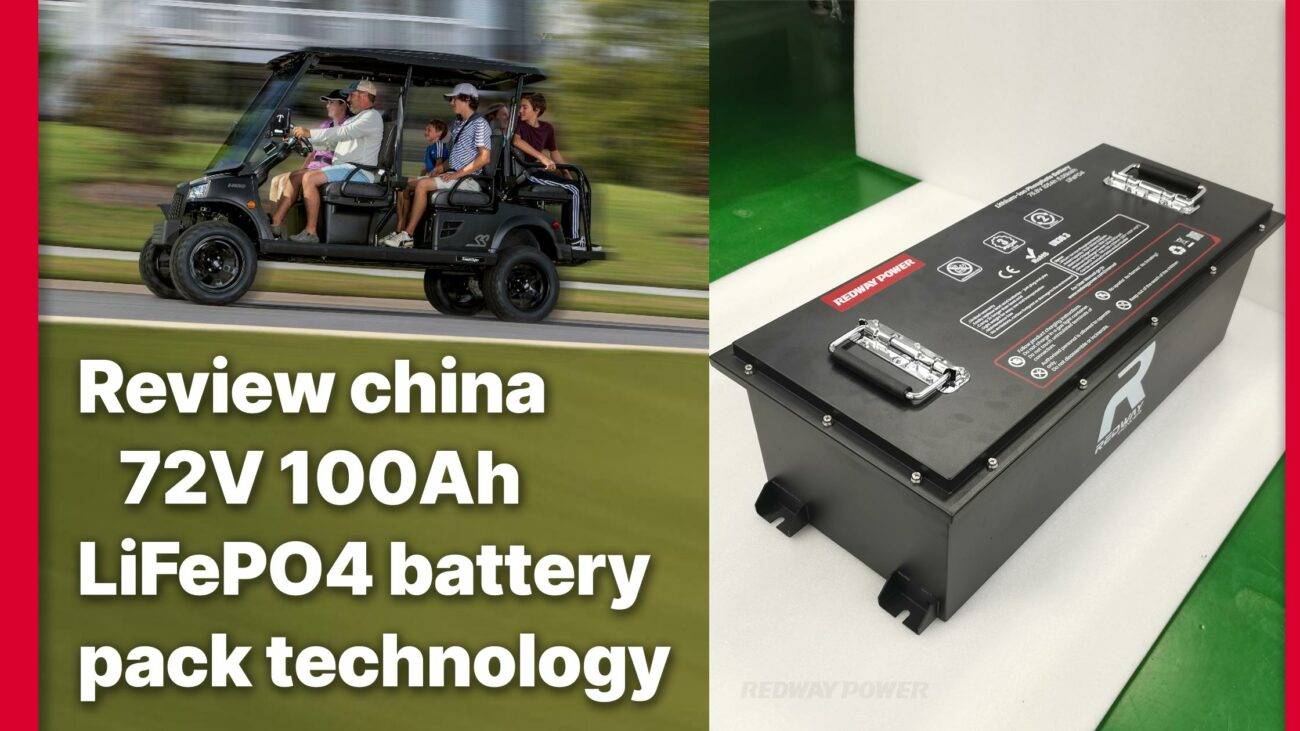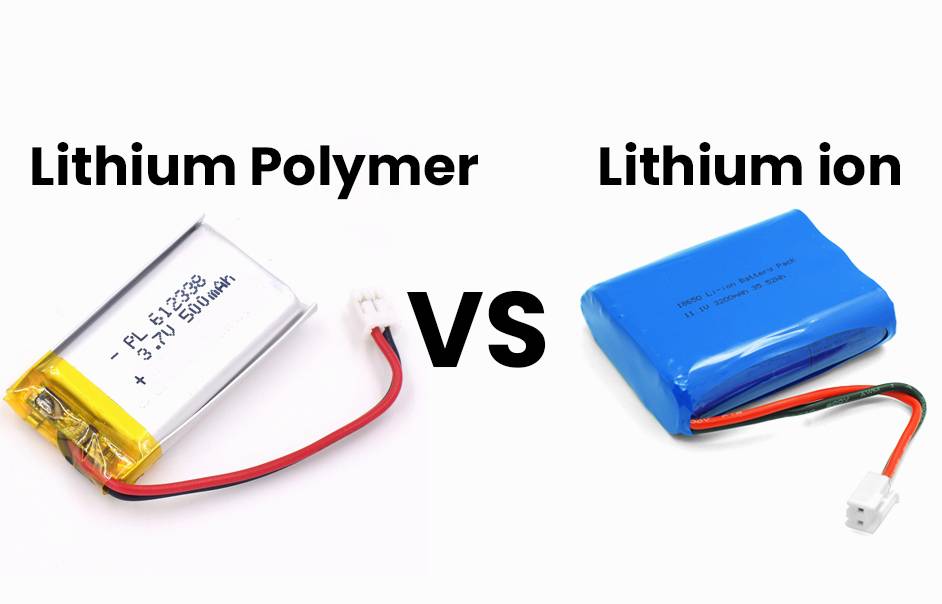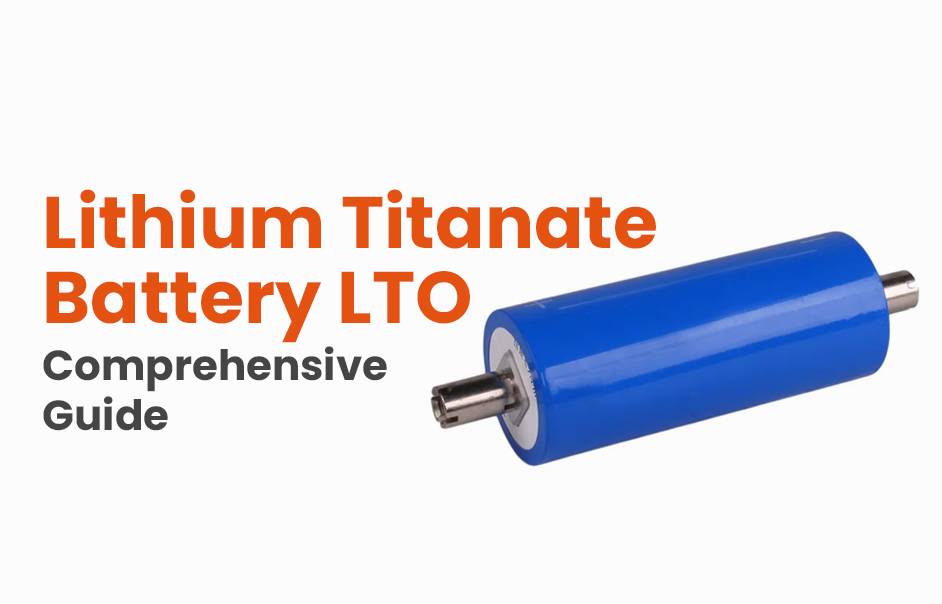- Lithium Golf Cart Battery
- Forklift Lithium Battery
-
48V
- 48V 210Ah
- 48V 300Ah
- 48V 420Ah (949 x 349 x 569 mm)
- 48V 420Ah (950 x 421 x 450 mm)
- 48V 456Ah
- 48V 460Ah (830 x 630 x 590 mm)
- 48V 460Ah (950 x 421 x 450 mm)
- 48V 460Ah (800 x 630 x 600 mm)
- 48V 460Ah (820 x 660 x 470 mm)
- 48V 500Ah
- 48V 560Ah (810 x 630 x 600 mm)
- 48V 560Ah (950 x 592 x 450 mm)
- 48V 600Ah
- 48V 630Ah
-
48V
- 12V Lithium Battery
12V 150Ah Lithium RV Battery
Bluetooth App | BCI Group 31
LiFePO4 Lithium
Discharge Temperature -20°C ~ 65°C
Fast Charger 14.6V 50A
Solar MPPT Charging - 24V Lithium Battery
- 36V Lithium Battery
- 48V Lithium Battery
-
48V LiFePO4 Battery
- 48V 50Ah
- 48V 50Ah (for Golf Carts)
- 48V 60Ah (8D)
- 48V 100Ah (8D)
- 48V 100Ah
- 48V 100Ah (Discharge 100A for Golf Carts)
- 48V 100Ah (Discharge 150A for Golf Carts)
- 48V 100Ah (Discharge 200A for Golf Carts)
- 48V 150Ah (for Golf Carts)
- 48V 160Ah (Discharge 100A for Golf Carts)
- 48V 160Ah (Discharge 160A for Golf Carts)
-
48V LiFePO4 Battery
- 60V Lithium Battery
-
60V LiFePO4 Battery
- 60V 20Ah
- 60V 30Ah
- 60V 50Ah
- 60V 50Ah (Small Size / Side Terminal)
- 60V 100Ah (for Electric Motocycle, Electric Scooter, LSV, AGV)
- 60V 100Ah (for Forklift, AGV, Electric Scooter, Sweeper)
- 60V 150Ah (E-Motocycle / E-Scooter / E-Tricycle / Tour LSV)
- 60V 200Ah (for Forklift, AGV, Electric Scooter, Sweeper)
-
60V LiFePO4 Battery
- 72V~96V Lithium Battery
- Rack-mounted Lithium Battery
- E-Bike Battery
- All-in-One Home-ESS
- Wall-mount Battery ESS
-
Home-ESS Lithium Battery PowerWall
- 24V 100Ah 2.4kWh PW24100-S PowerWall
- 48V 50Ah 2.4kWh PW4850-S PowerWall
- 48V 50Ah 2.56kWh PW5150-S PowerWall
- 48V 100Ah 5.12kWh PW51100-F PowerWall (IP65)
- 48V 100Ah 5.12kWh PW51100-S PowerWall
- 48V 100Ah 5.12kWh PW51100-H PowerWall
- 48V 200Ah 10kWh PW51200-H PowerWall
- 48V 300Ah 15kWh PW51300-H PowerWall
PowerWall 51.2V 100Ah LiFePO4 Lithium Battery
Highly popular in Asia and Eastern Europe.
CE Certification | Home-ESS -
Home-ESS Lithium Battery PowerWall
- Portable Power Stations
What Are the Challenges and Hopes for Battery Technology in a Green Energy Future?

Battery technology plays a pivotal role in the transition to a green energy future, particularly through the use of lithium-ion batteries. These batteries not only support renewable energy integration but also present challenges related to production, safety, and environmental impact. Understanding these dynamics is crucial for advancing sustainable energy solutions.
What is the role of lithium-ion batteries in promoting sustainability?
Lithium-ion batteries are at the forefront of sustainable energy initiatives, enabling efficient storage and use of renewable energy. They facilitate the electrification of transportation through electric vehicles (EVs) and help stabilize power grids by storing excess energy generated from intermittent sources like solar and wind. Their lightweight and high-energy density characteristics make them ideal for various applications, significantly reducing reliance on fossil fuels.Chart: Role of Lithium-Ion Batteries in Sustainability
| Function | Description |
|---|---|
| Energy Storage | Stores excess renewable energy |
| Transportation Electrification | Powers electric vehicles |
| Grid Stabilization | Balances supply and demand |
What are the environmental implications of battery production and disposal?
While lithium-ion batteries contribute to sustainability, their production raises significant environmental concerns. The extraction of raw materials such as lithium and cobalt often involves environmentally damaging practices, including habitat destruction and water pollution. Additionally, improper disposal can lead to hazardous waste issues. Addressing these concerns through improved recycling methods and responsible sourcing is critical for minimizing their ecological footprint.Chart: Environmental Implications of Battery Production
| Impact | Description |
|---|---|
| Resource Extraction | Habitat destruction, water pollution |
| Manufacturing Emissions | Carbon footprint from production |
| Disposal Challenges | Hazardous waste management issues |
How do batteries facilitate the integration of renewable energy sources?
Batteries enable the effective integration of renewable energy into power grids by addressing intermittency issues associated with solar and wind generation. By storing excess energy produced during peak generation times, they ensure a steady power supply even when generation decreases. This capability enhances grid reliability and supports a transition away from fossil fuel dependency.Chart: Integration of Renewable Energy Sources with Batteries
| Renewable Source | Role of Batteries |
|---|---|
| Solar | Stores excess daytime generation |
| Wind | Balances supply during low demand |
What advancements are being made in battery technology to address current challenges?
Recent advancements in battery technology focus on increasing efficiency, reducing costs, and enhancing safety. Innovations such as solid-state batteries promise higher energy densities and faster charging times while minimizing risks associated with thermal runaway. Additionally, research into alternative materials aims to reduce reliance on scarce resources like cobalt, making battery production more sustainable.Chart: Advancements in Battery Technology
| Innovation | Benefit |
|---|---|
| Solid-State Batteries | Higher density, improved safety |
| Alternative Materials | Reduced reliance on rare metals |
| Enhanced Recycling Methods | Improved lifecycle management |
Why is energy storage critical for achieving a green energy future?
Energy storage is essential for maximizing the potential of renewable resources. As renewable generation fluctuates, effective storage solutions ensure that surplus energy is not wasted but rather utilized during periods of high demand. This capability not only enhances grid stability but also supports broader adoption of clean technologies across various sectors.Chart: Importance of Energy Storage
| Benefit | Description |
|---|---|
| Grid Stability | Balances supply-demand fluctuations |
| Utilization Efficiency | Reduces waste from excess generation |
| Support for Renewables | Facilitates greater adoption |
Redway Power Insights
“The future of battery technology is intertwined with our ability to harness renewable energy effectively. While challenges exist, ongoing innovations promise to enhance efficiency and sustainability, paving the way for a cleaner, greener future.”
Industrial News
Recent developments highlight significant progress in battery technology as part of the global push towards cleaner energy solutions. Major investments are being directed towards improving lithium-ion battery recycling processes and developing alternative technologies like solid-state batteries. Governments worldwide are also implementing supportive policies to encourage research and adoption of advanced battery systems, crucial for achieving net-zero emissions targets.
FAQ Section
Q: What are lithium-ion batteries used for?
A: Lithium-ion batteries are primarily used for electric vehicles, consumer electronics, and as storage solutions for renewable energy sources.Q: What environmental concerns are associated with battery production?
A: Key concerns include habitat destruction from mining operations, water pollution, and challenges related to hazardous waste disposal.Q: How do batteries improve renewable energy integration?
A: Batteries store excess energy generated during peak production times, ensuring a reliable power supply when generation decreases due to fluctuating conditions.Q: What advancements are being made in battery technology?
A: Innovations include solid-state batteries with higher efficiency, alternative materials that reduce reliance on scarce resources, and improved recycling methods.




















